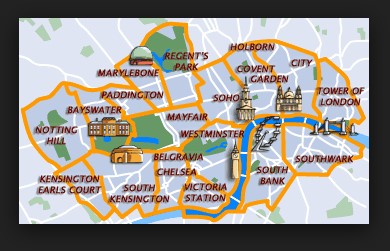
Siblings always get along more or less well. Managing conflicts between siblings is therefore an almost daily task for parents. There are many solutions for this. Some rely on authority, others on communication.
Take the time to understand each sibling conflict
Conflicts between brothers and sisters are all different. It is therefore necessary to take the time to understand each situation in order to manage it as well as possible. Sometimes the younger siblings annoy the older ones, sometimes the older ones taunt or ignore the younger ones. Children may fight over a toy or simply because they are too tired. In order to understand the conflict, each child needs to give their side of the story and explain why they are angry.
Sibling conflict: jealousy
Children may have difficulty finding their place. They think that parental love is something that is divided between siblings. To reassure children, it is imperative to make them understand that there is no difference between them.
Jealousy must be understood by parents. Younger children envy the freedom of their elders, and older children envy the attention that parents give to younger children. By explaining to each child that his or her age has an important impact on the parents' attitude towards him or her, it is possible to reduce tensions. It is also important to accept that children feel jealousy. It is a very natural feeling that builds up each person.
Age-appropriate conflict management
Dealing with sibling conflict is also about taking into account the age of each child. Many squabbles are age-related. More bickering occurs as a child becomes more independent. With toddlers, the first steps often generate the anger of older children who see their toys and belongings disappear!
Around the age of 6, children leave the kindergarten for the big school. They were the biggest and become the smallest. They also leave childhood and play for learning. This is a difficult period and it is sometimes felt at home. Children abandon their younger siblings, who are considered too young, in favour of their elders. The balance of the siblings becomes fragile.
Entering adolescence is also a difficult stage that can affect understanding between brothers and sisters. It is essential for parents to be patient and to support their children as they enter their adult life.
Staying out of sibling conflicts
Conflicts and bickering can be unpleasant, but they should not be avoided automatically. On the contrary! They help children to find their place, to develop and show their personality, and to gain respect. Most bickering only lasts a short time.
It is imperative to intervene when children get into fights, insult each other, damage their belongings or when the conflict lasts too long. Before punishing, it is important to identify the cause of the conflict and the responsibility of each child. This way the reprimand will be measured!
Conflicts between brothers and sisters: knowing how to punish
The punishment chosen is very important. It is essential to adapt it to the age of the child and the extent of the misbehaviour. Most of the time, you should give the same punishment and remain flexible. For example, you can isolate each child for a few minutes or ask them to tidy up their room or the playroom. Each child should apologise if they have hurt their sibling, but also if they have broken a toy. The apology can be verbal or in the form of a drawing.
Vigilance is required with regard to punishment. When it is impossible to know the truth about a conflict, the punishment should be limited or a simple warning given. Undue punishment can be very negative as it increases tensions between siblings.
Directing activities and praising moments of agreement
To limit conflicts, activities should be directed and those that everyone enjoys should be given priority. In this way, there are more moments of agreement. These moments should be highlighted, congratulated and why not rewarded. Spending time together promotes good understanding between brothers and sisters and also limits conflicts.
Being fair to siblings in case of conflict is essential to ensure good understanding within the sibling group and the family. It is important to let children interact with each other, but also to punish them so that everyone understands their responsibilities.





